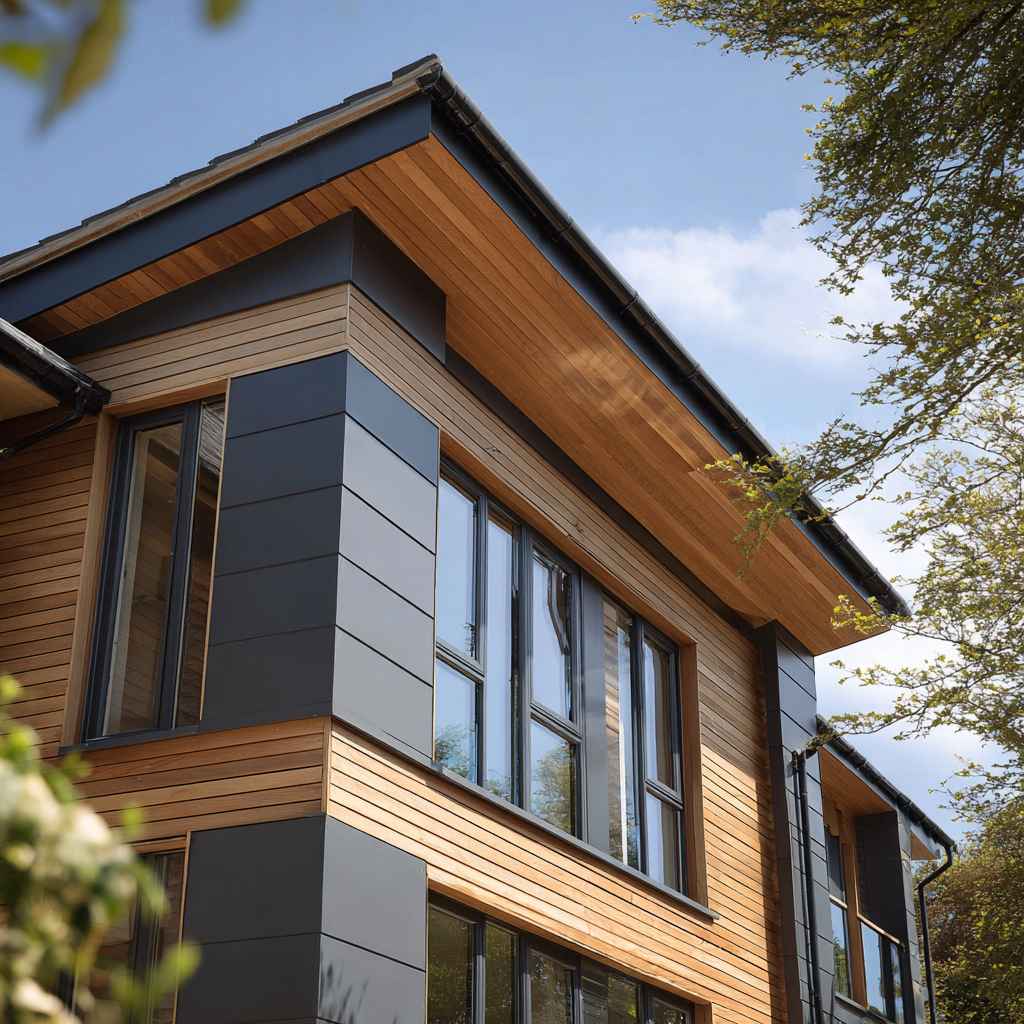Key Take Aways
Thermal paint is an insulating wall coating containing heat‑reflective additives, helping maintain stable indoor temperatures by reducing heat loss in winter and heat gain in summer.
Energy bills can drop by around 15–20% when thermal paint is combined with other insulation improvements — a significant long-term saving.
Initial cost is higher, but the long-term return on investment is strong, thanks to reduced energy use and fewer maintenance needs.
Thermal paint boosts property value, as energy‑efficient homes tend to attract higher resale prices.
Eco‑friendly benefits include lower carbon emissions, aligning well with the UK’s goal of net‑zero greenhouse gas emissions by 2050.
Highly durable and low‑maintenance, thermal paint is designed to resist cracking, peeling and harsh UK weather, maintaining both performance and aesthetic appeal over time.
Introduction
In the quest for energy efficiency and financial savings, UK homeowners are increasingly embracing innovative solutions like thermal paint. This specialised coating offers not only insulation benefits but also significant financial advantages. Let’s explore the cost-benefit analysis of thermal paint in UK homes, focusing on its financial and energy-saving impact.
What is Thermal Paint?
Thermal paint, or insulating paint, is an advanced wall coating applied to exterior surfaces. Infused with heat-reflective additives, it helps maintain a stable indoor temperature, reducing the need for excessive heating or cooling. This property is key to its energy-saving potential.
Financial Benefits of Thermal Paint
- Energy Bill Reduction: The most tangible benefit of thermal paint is the decrease in energy bills. By improving thermal efficiency, it significantly reduces the need for heating and cooling, leading to marked savings.
- Long-Term Savings: Though initially more expensive than regular paint, the long-term savings on energy bills make thermal paint a cost-effective option. In fact, some studies suggest that energy costs can be reduced by up to 15-20% with proper insulation, including the use of thermal paint [Energy Saving Trust].
- Property Value Increase: Energy-efficient homes often attract higher market values. The use of thermal paint can enhance your property’s appeal, potentially boosting its resale value.
Energy Efficiency and Environmental Impact

The energy efficiency and environmental impact of thermal paint are among its most compelling features, especially in the context of the UK’s commitment to reducing carbon emissions and promoting sustainable living.
- Significant Energy Savings: Thermal paint contributes to substantial energy savings. By reflecting heat back into the home, it reduces the need for heating in winter, and similarly, it keeps homes cooler in summer, lessening the reliance on air conditioning. This dual effect can lead to a marked decrease in energy consumption. A study by the Energy Saving Trust indicates that effective insulation, including thermal paint, can reduce home energy usage by a substantial margin, which is crucial given that heating accounts for about 60% of a UK household’s energy bill [Energy Saving Trust].
- Reducing Carbon Footprint: By lowering energy consumption, thermal paint directly contributes to a reduction in carbon footprint. This is particularly significant in the UK, where residential energy use is a major contributor to greenhouse gas emissions. The implementation of energy-efficient technologies like thermal paint is a step towards meeting the UK’s ambitious climate goals, which include achieving net-zero greenhouse gas emissions by 2050 [UK Government’s Climate Policy].
- Sustainable and Eco-friendly: Apart from its insulating properties, thermal paint is often composed of environmentally friendly materials. The move towards using sustainable components in its production aligns with the growing demand for eco-conscious home improvement products. This aspect is not just beneficial for the environment but also for the health and well-being of the occupants, as it reduces exposure to harmful chemicals often found in traditional paints.
Durability and Maintenance
Thermal paint stands out for its exceptional durability and low maintenance requirements, which make it a smart choice for UK homeowners. Designed to endure the rigours of the UK’s diverse weather conditions, including heavy rain, strong winds, and UV exposure, thermal paint maintains its insulative properties over many years. This durability reduces the need for frequent reapplications, significantly cutting down on maintenance efforts and costs.
The robust nature of thermal paint ensures it resists common issues like cracking, flaking, or peeling, unlike traditional paints. This means that not only does it provide continuous insulation benefits, but it also maintains the aesthetic appeal of your property. Homeowners benefit from reduced time and expenses in exterior maintenance, making thermal paint a cost-effective solution for long-term property management.
Moreover, maintaining thermal paint is straightforward and typically involves simple cleaning to preserve both its appearance and functionality. This user-friendly aspect is particularly beneficial for those who prefer practical, low-maintenance home solutions. Combining its long-lasting durability with minimal upkeep requirements, thermal paint is an advantageous investment for UK homes, ensuring they remain energy-efficient, visually appealing, and structurally sound over time.
Comparing Costs: Thermal Paint vs. Traditional Insulation
When comparing thermal paint to traditional insulation:
– Installation Costs: Traditional insulation typically involves higher installation costs and more disruption than the straightforward application of thermal paint.
– Maintenance Costs: Traditional methods may demand more upkeep, while thermal paint remains efficient with minimal maintenance.
– Energy Savings: Both methods offer energy savings; however, thermal paint is less intrusive and easier to apply, a significant consideration for many homeowners.
The Impact of Thermal Paint: Statistics and Data

Several studies highlight the effectiveness of thermal paint. For instance:
– Homes with thermal insulation, including thermal paint, have shown up to a 15% reduction in heat loss.
– In the UK, where weather conditions can vary significantly, thermal paint has been shown to help maintain a more consistent indoor temperature, leading to less reliance on heating systems during colder months.
Choosing the Right Thermal Paint
The effectiveness of thermal paint largely depends on the quality of the product and its application. It’s essential to select paints that are specifically formulated for the UK’s diverse weather conditions.
Why Choose All Weather Coating?
All Weather Coating is a premier provider in the UK for exterior wall coatings and weatherproofing services. We bring expertise in applying thermal paint, ensuring:
– Optimal energy efficiency
– Professional, high-quality application
– Durable and long-lasting results
Conclusion
The cost-benefit analysis of thermal paint for UK homes underscores its value as an economically and environmentally prudent choice. Opting for thermal paint is not just an investment in your home’s efficiency; it’s a step towards sustainable living.
Are you considering thermal paint for your home? Contact All Weather Coating for expert advice and professional service. Visit our website or call us today to learn how we can enhance your home’s energy efficiency and comfort. Embrace the future of home insulation with All Weather Coating.







